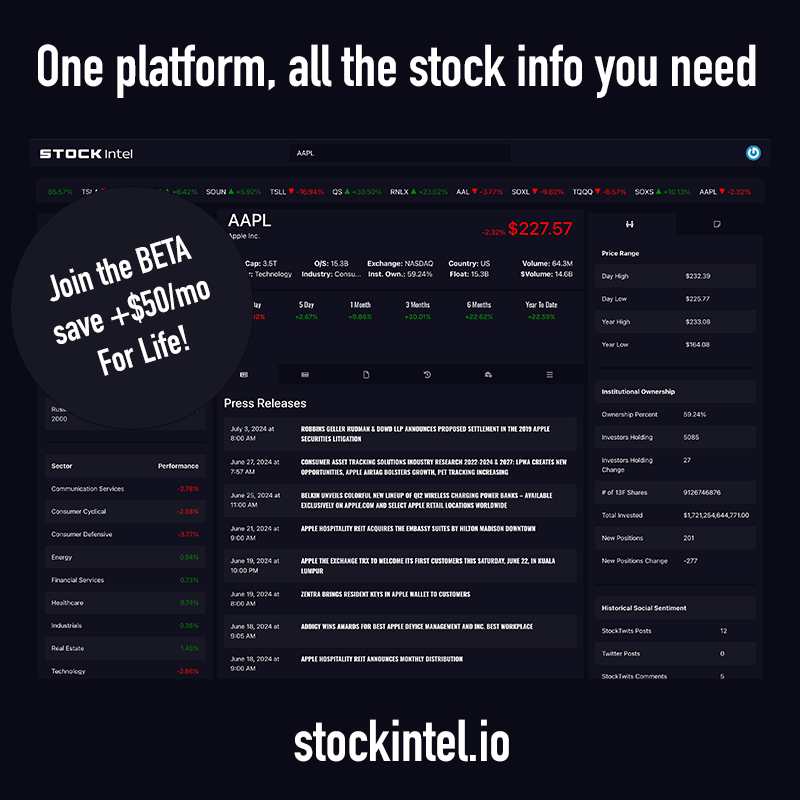A Bid is a term used in the financial markets to refer to the highest price that a buyer is willing to pay for a security, asset, or commodity at a given point in time. The bid price represents the demand side of the market and is one half of the bid-ask spread, which also includes the ask price (the lowest price a seller is willing to accept).
Key Aspects of a Bid:
- Bid Price: This is the specific price that a buyer is offering to pay for a security. For example, if a buyer is willing to purchase a stock for $100, then $100 is the bid price.
- Bid Size: This refers to the quantity of the asset or security that the buyer is willing to purchase at the bid price. For example, a buyer might be willing to buy 1,000 shares of a stock at the bid price of $100.
- Bid-Ask Spread: The difference between the bid price (the highest price a buyer is willing to pay) and the ask price (the lowest price a seller is willing to accept) is known as the bid-ask spread. A smaller spread usually indicates a more liquid market, where there are many buyers and sellers, while a larger spread may indicate lower liquidity.
- Market Orders vs. Limit Orders:
- Market Order: When a buyer places a market order, they agree to buy the security at the current best available ask price, which may be higher than the bid price.
- Limit Order: A buyer can place a limit order, specifying the maximum price they are willing to pay. This limit price is the bid price in the order book, and the order will only be executed if the market price meets or falls below this bid price.
- Auction Markets: In auction markets, like the stock market, the bid price is part of the continuous process of price discovery, where buyers and sellers interact to determine the current market price of an asset.
Example Scenario:
Suppose you are interested in buying shares of a company, and you see that the current bid price for the stock is \$50. This means that the highest price someone is currently willing to pay for the stock is \$50 per share. If you place a bid at \$50 or higher, you might get your order filled if a seller is willing to accept that price. If the ask price is \$52, then the bid-ask spread is \$2.
In summary, the bid is a crucial part of trading, as it indicates the level of demand for an asset and helps determine its market price in conjunction with the ask price.







